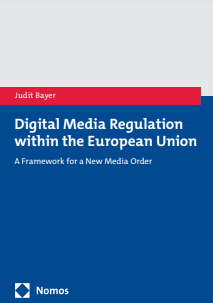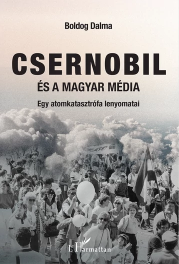Contents – Summer 2018
Bene, Márton – Somodi, Dániel:
Bene, Márton – Somodi, Dániel:
“Like we had our own outlets.”
It has long been argued that the internet may equalise chances in the political sphere by compensating small parties for their disadvantages. While this assumption has been rejected by empirical research conducted in the context of web 1.0, the emergence of social media has revitalised the debate. This study is to uncover the perspectives of minor political actors by analysing qualitative interviews with members of minor political parties’ social media staf
“Like we had our own outlets.”
Médiakutató Summer 2018 pp. 7-20
Information policy in Hungary in the 1980s in light of an extraordinary event
The relationship between media and political systems cannot only be studied from the perspective of governance, but also from that of the daily operation of the media. In the Kádár era’s authoritarian approach to the press, due to certain macro- and micro-political factors, some signs of erosion emerged during the 1980s. As a result, while the Hungarian Socialist Workers’ Party continued to be on the rhetorical level committed to the Soviet agitation and propaganda model, the actual practice of information policy was sometimes at odds with it. This paper offers a press narrative analysis of the Chernobyl nuclear disaster of 1986, focused on the coverage of nuclear radiation, in an attempt to reveal the flexible nature of Hungarian information policy. It suggests that classical media systems theory may need to be reconsidered in terms of the interactions between media political systems to the extent that changes in the media may actually occur before those in the political system.
Information policy in Hungary in the 1980s in light of an extraordinary event
Médiakutató Summer 2018 pp. 49-61
Barta, Judit:
Barta, Judit:
Hungarian journalists’ practices related to social media in light of the concept of the networked journalist
The new practices of digital culture exert an effect on the practices of journalism, but the manner of their adaptation is not pre-determined. North-Atlantic journalists for instance use the social microblog platform Twitter to promote their work as well as to engage in dialogue with their colleagues and their audiences. In the event of breaking news, journalists on Twitter are engaged in networked framing with users and perform transparent news making. The tech-saviness of Hungarian journalists varies, but they are less likely to use social media platforms to strengthen professional cohesion or to crowd-source their aggregated human resources than journalists socialised in the liberal model of journalism culture.
Médiakutató Summer 2018 pp. 63-75




